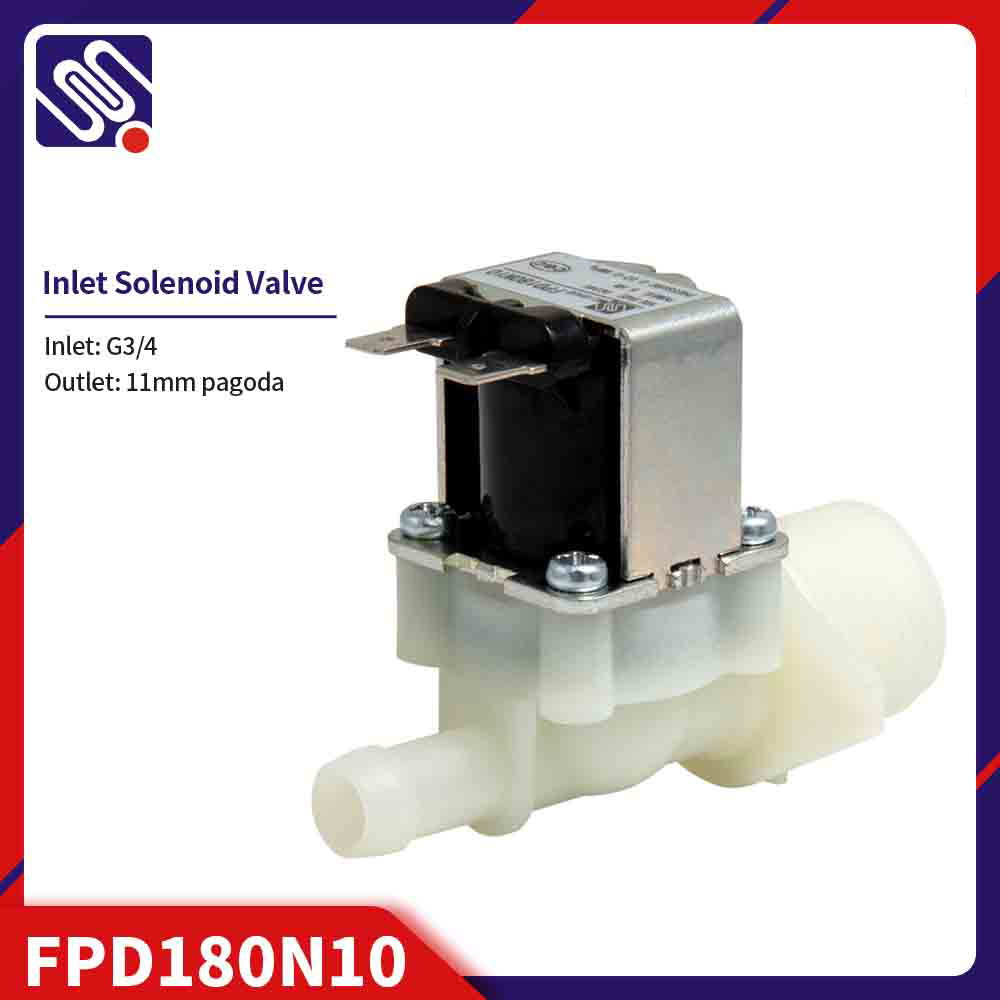A solenoid valve for liquid control is a crucial component in modern automation and fluid control systems. These devices use an electromagnetic force to control the flow of liquids, making them highly effective for precise control and regulation in various industries. Whether used in complex manufacturing systems or simple household applications, solenoid valves offer efficiency, reliability, and speed. This article explores the working principle, types, and applications of solenoid valves for liquid control, highlighting their importance in diverse sectors.

Working Principle of Solenoid Valves A solenoid valve consists of three main parts: an electromagnetic coil (solenoid), a plunger (or valve actuator), and a valve body. The solenoid coil generates a magnetic field when an electric current flows through it, causing the plunger to move. This movement either opens or closes the valve, regulating the flow of liquid through the valve body. The primary mechanism of solenoid valves is their ability to control the flow of liquid through the valve by responding to electrical signals. These valves can either be normally open (NO) or normally closed (NC), depending on the application.